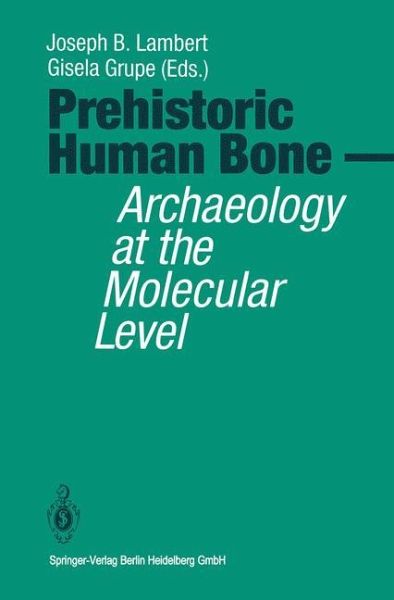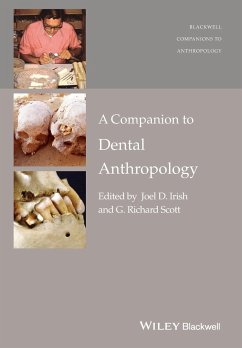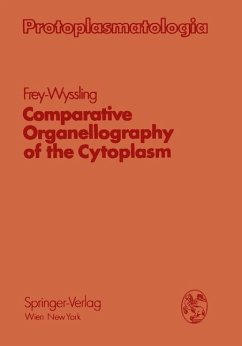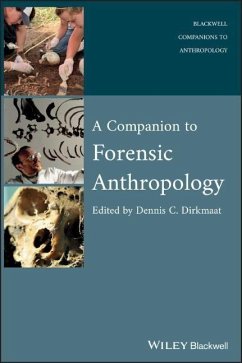
Prehistoric Human Bone
Archaeology at the Molecular Level
Herausgegeben: Grupe, Gisela; Lambert, Joseph B.

PAYBACK Punkte
19 °P sammeln!
Locked up within human bone are tantalizing clues concerningthe diets consumed by ancient peoples. On the one hand theamounts of certain elementsin bone (strontium, zinc) serveas measures of protein, fiber, and calcium intake. On theother hand, the ratios of carbon isotopes and of nitrogenisotopes provide information on questions of fish vs. meat,herbivore vs. carnivore, or (for animals) browser (shrubs)vs. grazer (grasses). Such information can provide a windowon many aspects of prehistoric cultures and can supplementthe nonskeletal archaeological record. In addition to thesetwo approaches, t...
Locked up within human bone are tantalizing clues concerningthe diets consumed by ancient peoples. On the one hand theamounts of certain elementsin bone (strontium, zinc) serveas measures of protein, fiber, and calcium intake. On theother hand, the ratios of carbon isotopes and of nitrogenisotopes provide information on questions of fish vs. meat,herbivore vs. carnivore, or (for animals) browser (shrubs)vs. grazer (grasses). Such information can provide a windowon many aspects of prehistoric cultures and can supplementthe nonskeletal archaeological record. In addition to thesetwo approaches, the biochemical record in bone from proteinand nucleic acids such as DNA serves as a source ofnondietary information such as genetic relationships. Thisvolume treats all three subjects.: elemental, isotopic, andbiochemical. The foremost experts in the areas providefundamental descriptions of the techniques, express theirconcerns over the limitations of the methods, and describerecent applications to archaeological studies.














